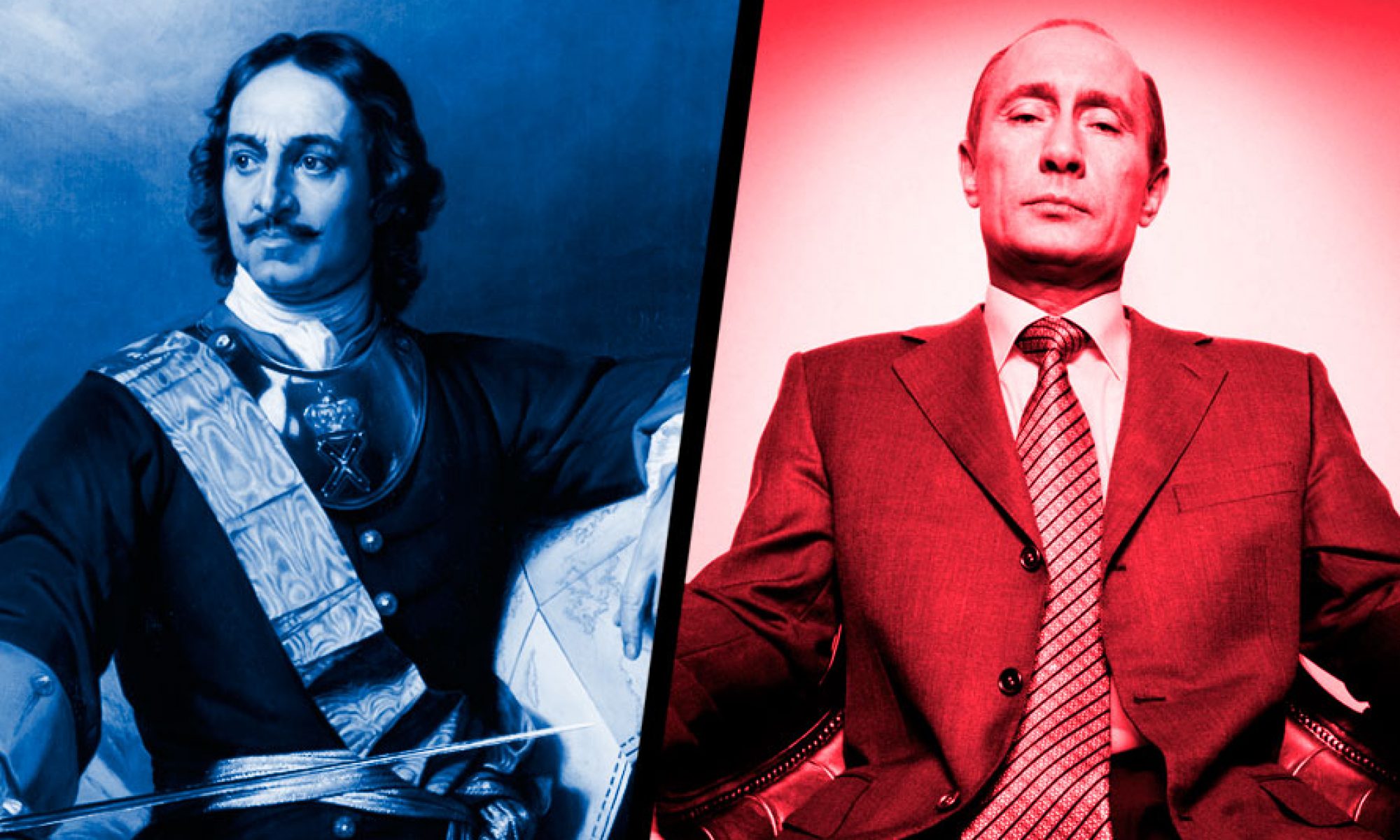The Polish Rebellions of 1830 and 1863 were in the name of independence from Russian rule, and ultimately ended with intense Russification of the Kingdom of Poland. In addition to this, each of the Polish rebels faced difficulty in gathering their own troops, rallying military support, and above all, an oppressive regime which ultimately destroyed them. These rebellions were significant to Russian history because it shows the progression of the people’s anger towards Russia, and could be an indication of the inevitable overthrowing of the government and monarchy.
In the November Uprising, the rebels of the Kingdom of Poland, Lithuania, Belarus, and Ukraine united against Russian troops in an attempt to gain rights and autonomy. It began with an uprising in Warsaw on November 29th, 1830, with an attempt on the emperor’s brother’s life being unsuccessful overall but the rebels gaining weaponry. However, the insurgents did not necessarily have any type of strategy, with no unity or decisive leadership. Because of this, higher political figures took power and the rebels ultimately lost the uprising against the Russians because their cause was lost in the struggle of power and against the outrageous numbers of the Russian army, causing them to lose hope and surrender.
A little over 30 years later, the January Uprising of 1863 occurred under the rule of Alexander II, a leader who originally wanted to give the Polish people autonomy and rights under Russian rule, but was forced to put down the insurrection. Although this ruler was much more relaxed in terms of laws in comparison to Nicholas I, there were still conspirators who despised Russia. The rebels in this uprising included Poland, Lithuania, and the Belorussia territories, along with some Prussian and Austrian volunteers; they waged around 1,200 battles against the Russian troops, engaging in guerrilla warfare among the more poorly trained men. But what the rebels wanted most was backup from foreign powers. At this time, England and France were protesting against the tsar, but they would not loan their military; in the Treaty of Vienna, it was agreed upon that Poland was to gain rights and its autonomy after the insurrection ceased. However, the rebellion ended with its leaders either fleeing or suffering execution and the rebel countries receiving even harsher Russification than they had before, which included the forbidden use of anything Polish.
In conclusion, the Polish Rebellions of 1830 and 1863 may have ultimately been unsuccessful, but were significant in the Russification of the Polish people, as well as establishing which countries could potentially be a great power. Therefore, the Polish Rebellions are important in terms of World War I, as many battles were fought over Polish land, as well as Hitler’s obsession with Poland being “lebensraum” or the perfect living space. All in all, the Poles and Russians were not the only ones who desired the land, which would be fought over for decades. These rebellions, while small and short-lasting, show a lack of caring for the people in terms of the government, as well as the people’s longstanding indignation with them, and it set up the stage for decades more of similar causes.
Video:https://washingtonjeffersoncollege-my.sharepoint.com/personal/klarica_washjeff_edu/_layouts/15/onedrive.aspx?id=%2Fpersonal%2Fklarica%5Fwashjeff%5Fedu%2FDocuments%2FAttachments%2Fzoom%5F3%281%29%2Emp4&parent=%2Fpersonal%2Fklarica%5Fwashjeff%5Fedu%2FDocuments%2FAttachments&originalPath=aHR0cHM6Ly93YXNoaW5ndG9uamVmZmVyc29uY29sbGVnZS1teS5zaGFyZXBvaW50LmNvbS86djovZy9wZXJzb25hbC9rbGFyaWNhX3dhc2hqZWZmX2VkdS9FY0ZfSHZjTTdXRkRsYWpxb1BVQjdINEJXdnVsN2FRRVpsMEVzMlZuV1JZMnhnP3J0aW1lPWVnNnp3dlh4MTBn
Bibliography: https://washingtonjeffersoncollege-my.sharepoint.com/personal/bennettk_washjeff_edu/_layouts/15/doc.aspx?sourcedoc={b658d91f-9557-4e5c-b072-4511dfc08dcd}&action=edit
